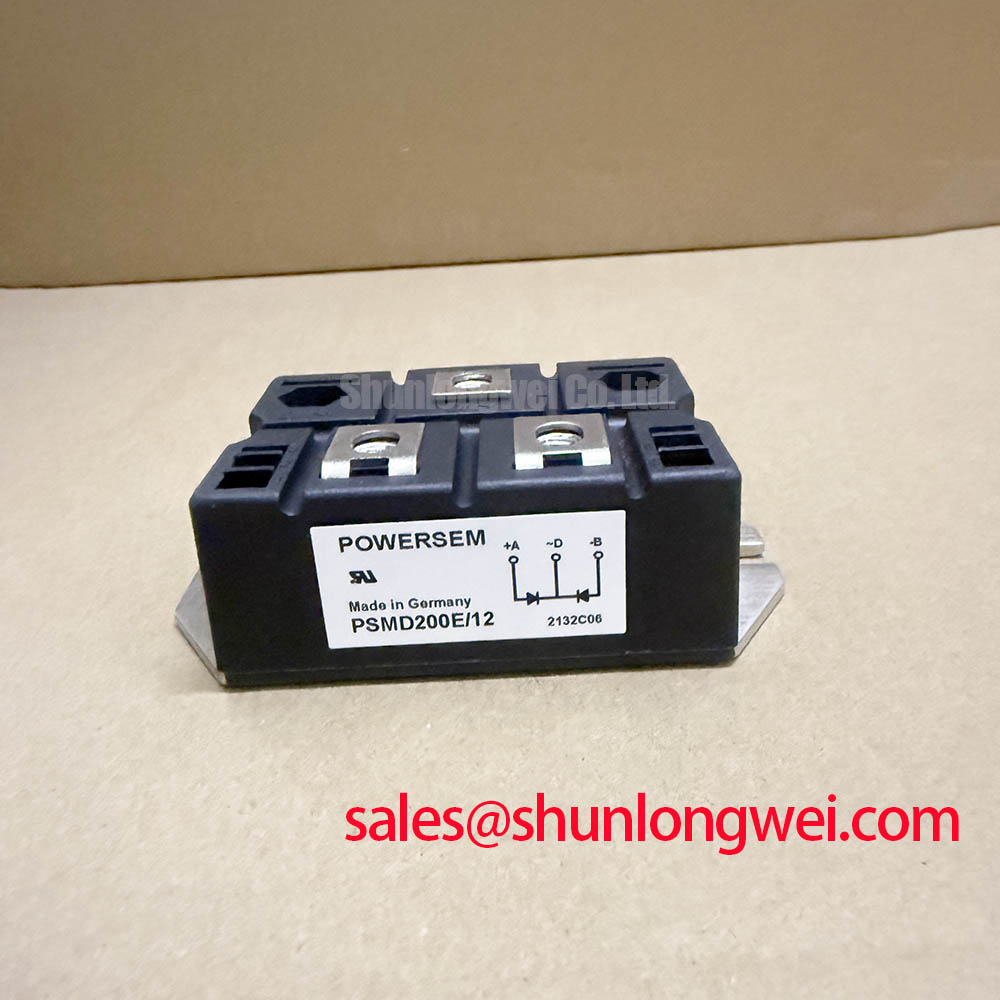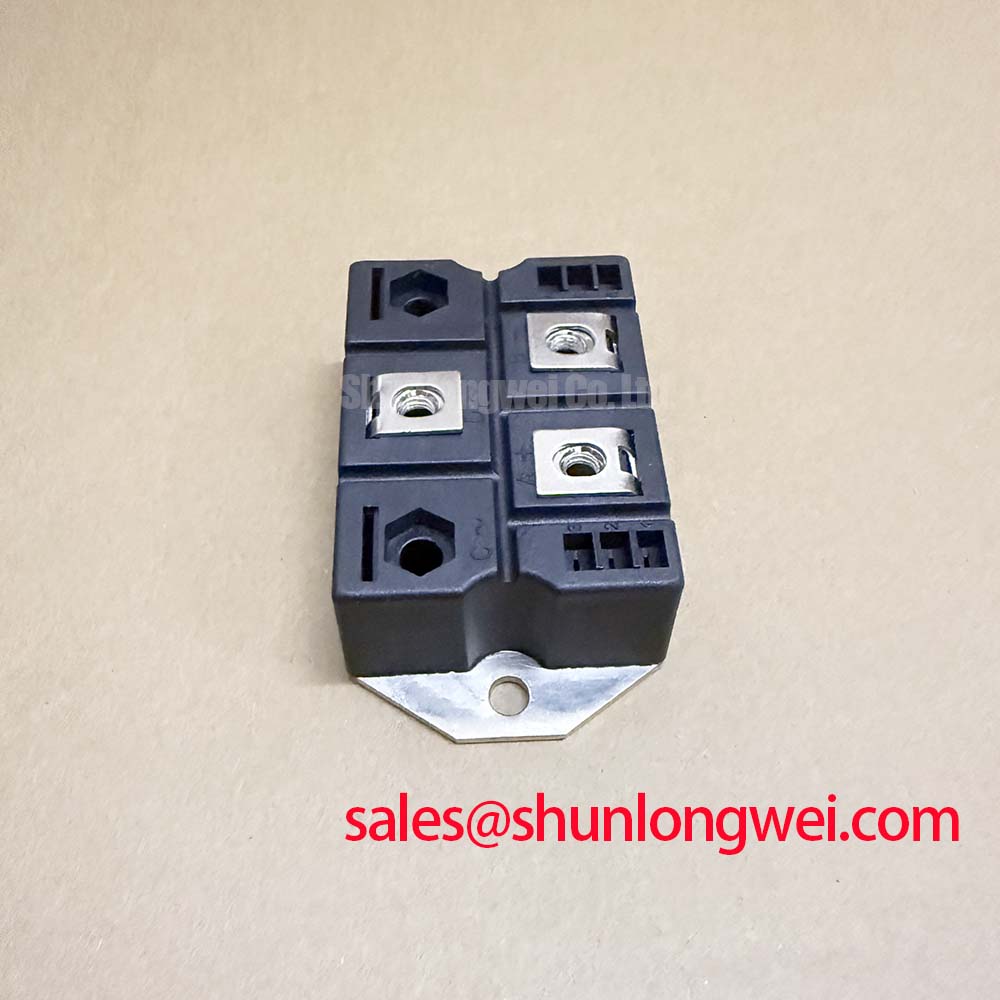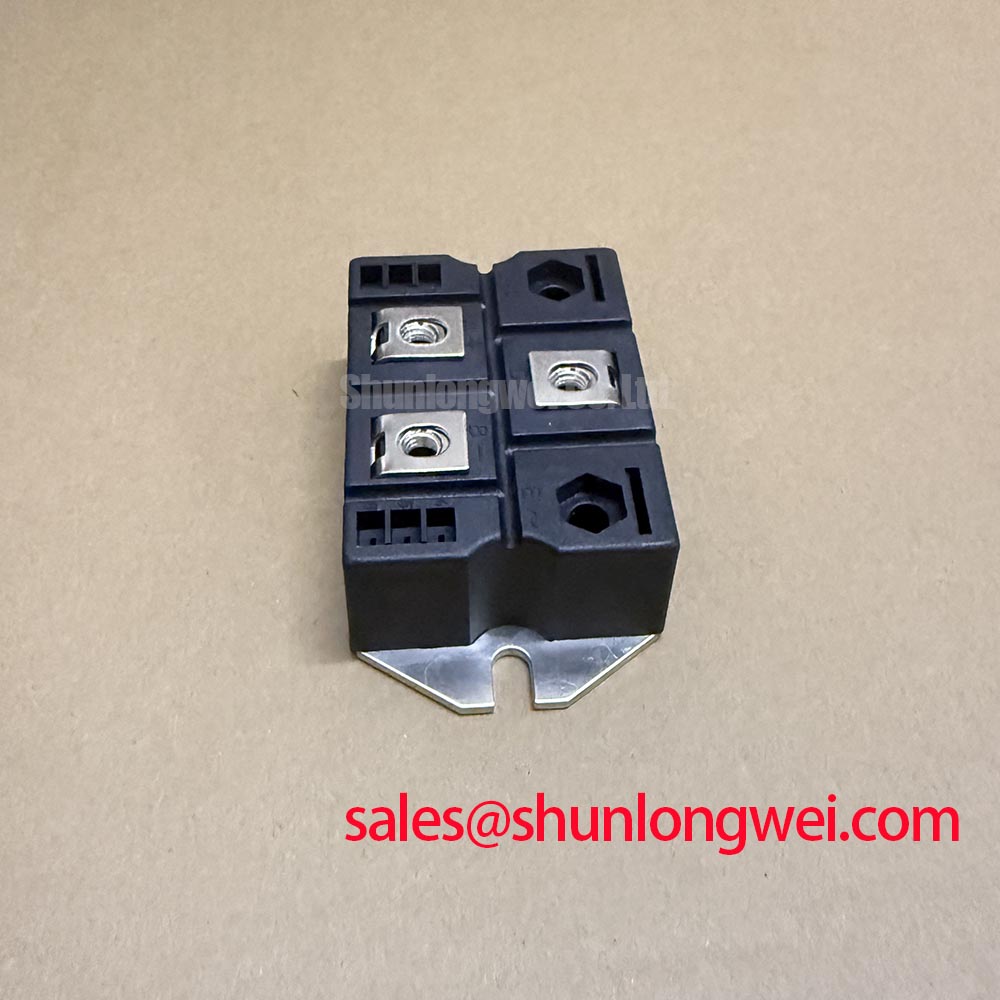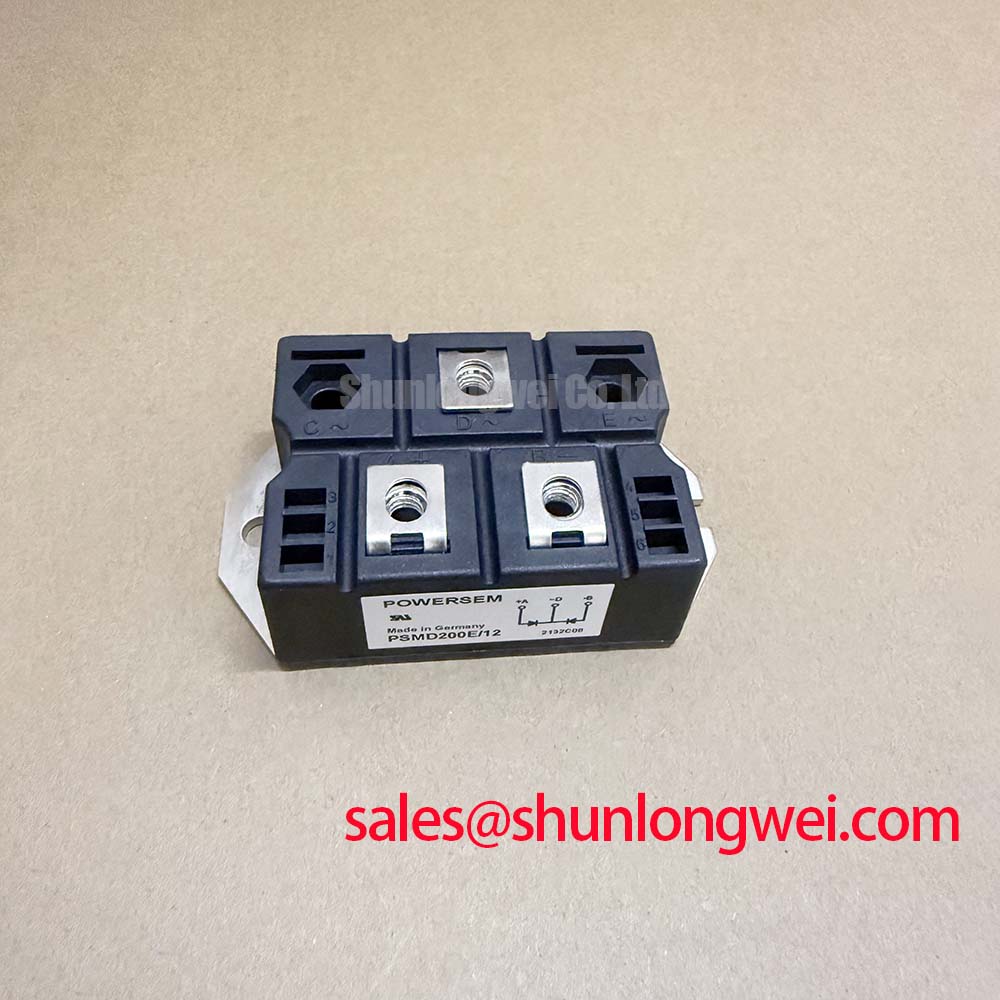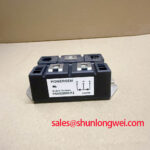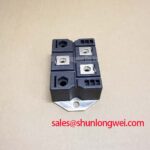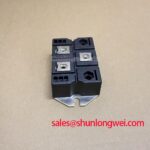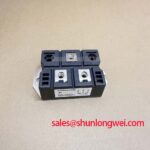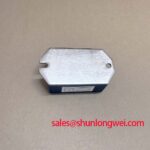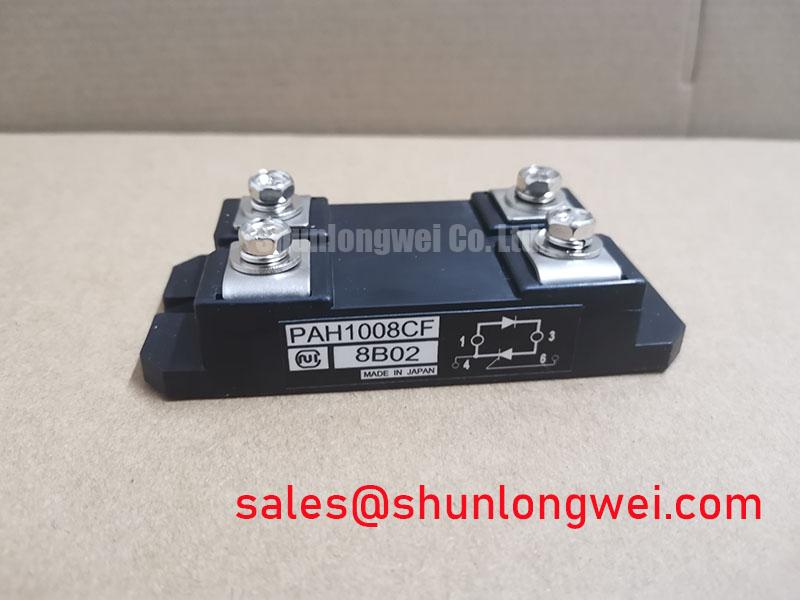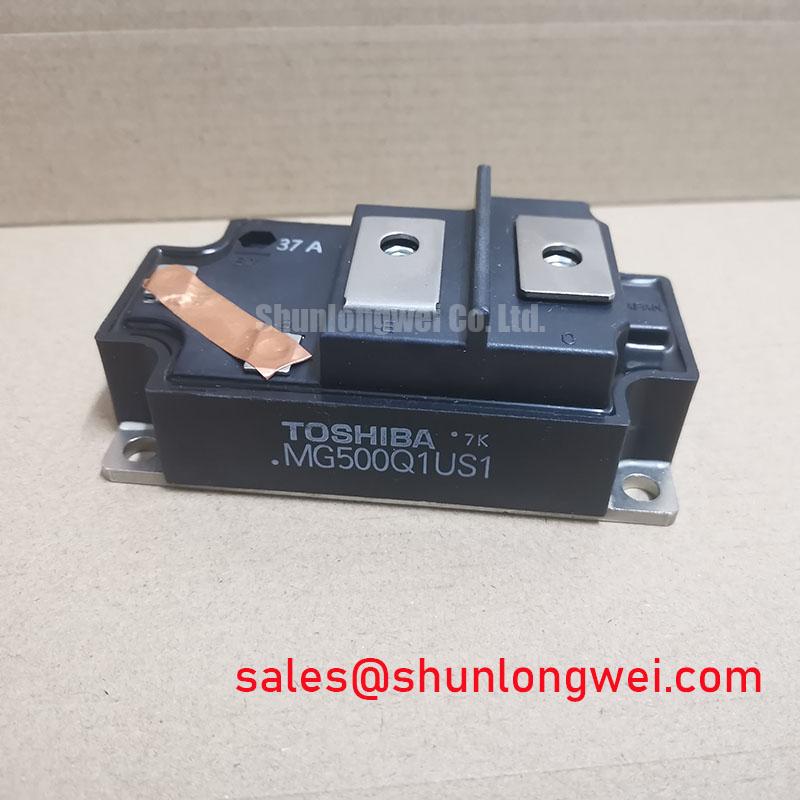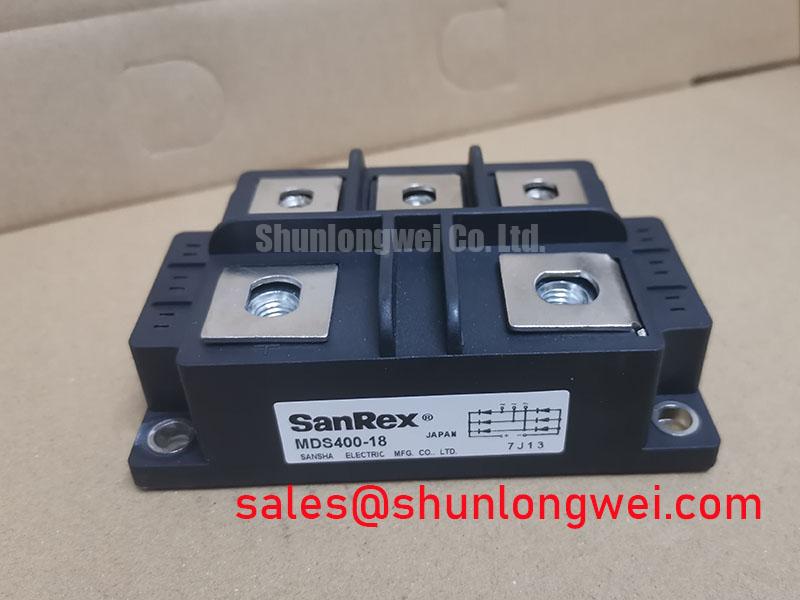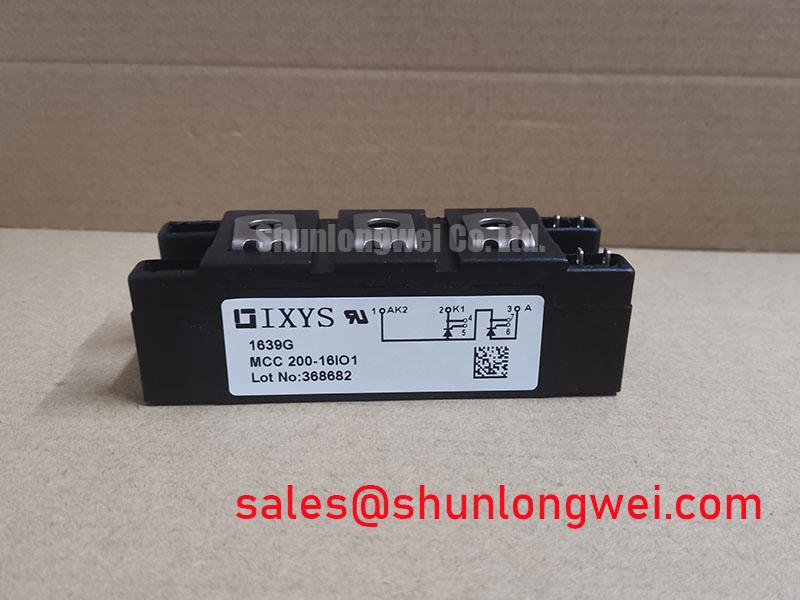PSMD200E-12 Diode Module: Tech for Long-Term Reliability
Engineered for Unyielding Industrial Service
The POWERSEM PSMD200E-12 Diode Module is architected for exceptional long-term reliability in high-stress power systems by using solder-free pressure contact technology. With primary specifications of 1200V | 200A | Rth(j-c) 0.18 °C/W, this component delivers superior thermal cycling endurance and robust operational stability. For engineers concerned with mitigating common failure modes, the pressure contact design directly addresses solder fatigue, a primary cause of degradation in conventional modules. This intrinsic design choice ensures a more resilient power stage, enhancing system uptime and reducing maintenance overhead over the component's entire lifecycle.
Data-Backed Selection: PSMD200E-12 in Context
In the evaluation phase, technical specifications provide the objective data needed for informed component selection. The PSMD200E-12 distinguishes itself through a design focused on durability. While many modules offer similar voltage and current ratings, the internal construction is a key differentiator for long-term field performance. For instance, systems requiring a different configuration, such as a combined thyristor/diode setup, might warrant evaluation of a part like the MDD95-12N1B. However, for applications centered on high-current rectification where thermal cycling is intense and service life is critical, the PSMD200E-12's pressure-contact build presents a compelling case based on its inherent resistance to mechanical stress and fatigue.
Where Reliability Meets Power: Application Arenas
The robust architecture of the POWERSEM PSMD200E-12 makes it a suitable candidate for a range of demanding industrial power conversion tasks. Its design directly contributes to the operational integrity and longevity of the end equipment.
- Industrial Drives and Motor Control: In AC and DC drives, the module serves as a dependable input rectifier, capably handling the continuous thermal cycling caused by fluctuating loads without succumbing to solder degradation.
- Power Supply Systems: For high-power rectifiers in uninterruptible power supplies (UPS) and industrial power sources, its high current capability and efficient heat dissipation ensure stable DC output.
- Welding Equipment: The module's capacity to handle high forward currents and its mechanical ruggedness are well-suited for the demanding electrical and thermal environment of professional welding power supplies.
- Battery Charging Systems: Provides efficient and reliable rectification in high-capacity industrial battery chargers for forklifts, electric vehicles, and backup power systems.
With its 200A rating and low 0.18 °C/W thermal resistance, this module is the best fit for high-cycle industrial applications where thermal stability is paramount. The focus on eliminating solder joints translates directly to a lower total cost of ownership through enhanced system availability. For further reading on thermal metrics, explore this detailed guide on why Rth matters in power modules.
Deployment Snapshot: A High-Current Rectifier in Action
Consider a 75 kW variable frequency drive (VFD) operating in a manufacturing plant with significant load variations. The input rectification stage is subjected to constant thermal cycling as the motor ramps up and down. A standard, soldered module in this scenario might exhibit solder fatigue after several years, leading to increased thermal resistance, higher operating temperatures, and eventual failure. How does pressure contact enhance reliability? It eliminates solder layers, a primary failure point in thermal cycling. By integrating the PSMD200E-12, the design engineer builds in resilience from the start. Its pressure contact mechanism maintains a consistent, low-resistance thermal path, ensuring stable operating temperatures and dramatically extending the service life of the drive, directly impacting plant productivity and maintenance budgets.
Strategic Edge: The Role of Robust Diodes in Modern Industry
In an era of Industry 4.0, where system uptime and predictive maintenance are paramount, the foundational components of power electronics are under greater scrutiny. The shift is from merely meeting initial performance specs to guaranteeing long-term operational integrity. The PSMD200E-12 aligns with this trend by prioritizing a technology—pressure contact—that fundamentally addresses a known wear-out mechanism. This focus on intrinsic reliability supports broader business objectives, such as maximizing asset utilization and minimizing unplanned downtime, which are critical metrics in automated factories, data centers, and critical infrastructure. Understanding the root causes of component failure is crucial, as detailed in resources on IGBT failure analysis.
Under the Hood: Pressure Contact and Thermal Engineering
The performance of the PSMD200E-12 is rooted in its specific construction. Two key elements define its thermal and mechanical characteristics.
- Pressure Contact Technology: Unlike modules where silicon dies are soldered to a substrate, this technology uses a precisely calibrated clamping force to press the die directly against the heat-spreading layers. This solder-free interface is immune to the fatigue and cracking that thermal cycles induce in solder joints, which is a leading cause of module failure over time.
- Alumina (Al2O3) DBC Substrate: The module utilizes a Direct Bonded Copper (DBC) substrate made with an Alumina ceramic insulator. What is the benefit of the Al2O3 substrate? It provides high electrical isolation with excellent thermal conductivity. This construction efficiently channels heat from the diode junction to the module's baseplate, from where it can be transferred to a heatsink. The low Thermal Resistance is a direct result of this efficient material stack.
Critical Specifications Decoded: PSMD200E-12 by the Numbers
The following table breaks down key parameters from the datasheet, translating them into their practical engineering significance. For a complete list of specifications, please refer to the official datasheet.
| Parameter | Value | Engineering Meaning |
|---|---|---|
| Repetitive Peak Reverse Voltage (VRRM) | 1200 V | Provides the necessary voltage margin for rectification stages connected to standard 230/400V industrial AC lines, ensuring safe operation during voltage transients. |
| Average Forward Current (IFAV) | 200 A (@ Tc=85°C) | Defines the module's continuous current handling capability at a specified case temperature, making it suitable for high-power rectification. |
| Thermal Resistance, Junction to Case (Rth(j-c)) | 0.18 °C/W | This value is analogous to the narrowness of a pipe carrying heat; its low value signifies a highly efficient thermal path from the silicon to the heatsink, enabling lower operating temperatures and higher reliability. |
| Maximum Junction Temperature (Tvj max) | 150 °C | Specifies the maximum allowable temperature of the silicon die. The high ceiling provides a robust safety margin for operation in thermally challenging environments and under overload conditions. |
Download the Datasheet for PSMD200E-12
Technical Inquiries Answered
Here are answers to common questions regarding the PSMD200E-12 and its application.
- 1. How does pressure contact technology improve long-term reliability versus soldered modules?
Pressure contact technology eliminates solder layers beneath the semiconductor die, which are a primary point of failure due to fatigue from thermal cycling. By using a clamping mechanism, it ensures a consistent, reliable electrical and thermal connection over hundreds of thousands of cycles, extending the module's operational life significantly in applications with fluctuating loads. - 2. What are the mounting force requirements for this pressure contact module?
The datasheet specifies a mounting force (Fm) between 4 kN and 8 kN. Applying the correct, evenly distributed force using calibrated equipment is essential to achieve the specified low thermal resistance and to ensure the long-term reliability of the pressure contact interface. - 3. Can the PSMD200E-12 be paralleled for higher current?
Yes, diode modules can be paralleled. For effective current sharing, it is critical to ensure symmetrical busbar layout to equalize stray inductances and to use diodes from the same production batch if possible to match their forward voltage characteristics (Vf). Proper thermal management to keep all paralleled modules at a similar temperature is also crucial. A deeper dive into this topic can be found in discussions on power module structures. - 4. What does the 'E' in PSMD200E-12 signify?
The part number indicates specific features. In this case, it denotes the general series and electrical characteristics. Always refer to the official POWERSEM PSMD200E-12 datasheet to fully decode the part number and confirm that the module's ratings meet your application's requirements. - 5. What is the significance of the 150°C maximum junction temperature?
A high Tvj max of 150°C provides a larger thermal operating window. It gives engineers more headroom in their thermal design, allowing the module to safely withstand temporary temperature spikes or operate reliably in high ambient temperature environments without immediate derating or risk of failure, a key factor in improving Power Cycling Capability.
Future-Proofing Your Design
When specifying a component like the PSMD200E-12, the evaluation extends beyond immediate performance to the long-term integrity of the system. As you iterate on your next power converter design, consider how the intrinsic reliability features of a pressure-contact module could simplify your thermal management strategy. Could the enhanced thermal cycling endurance allow for a smaller, more cost-effective heatsink? Or could it enable a more aggressive duty cycle without compromising on the 10-year service life target? Incorporating such robust components at the core of a system is a strategic decision that pays dividends in reliability and reduced lifetime costs.

